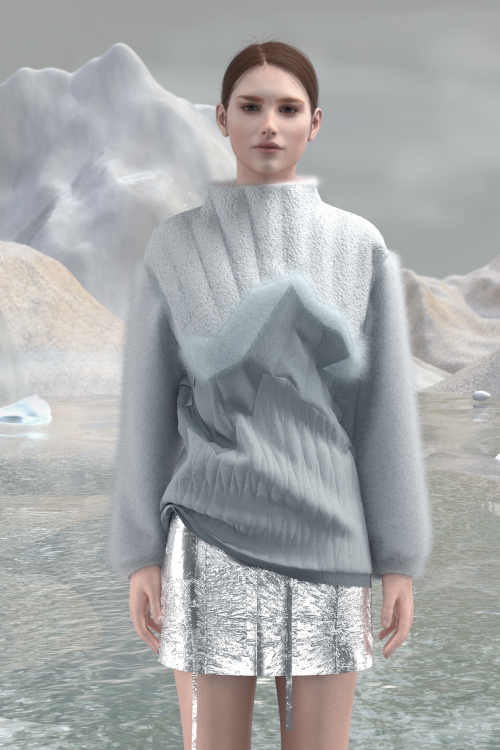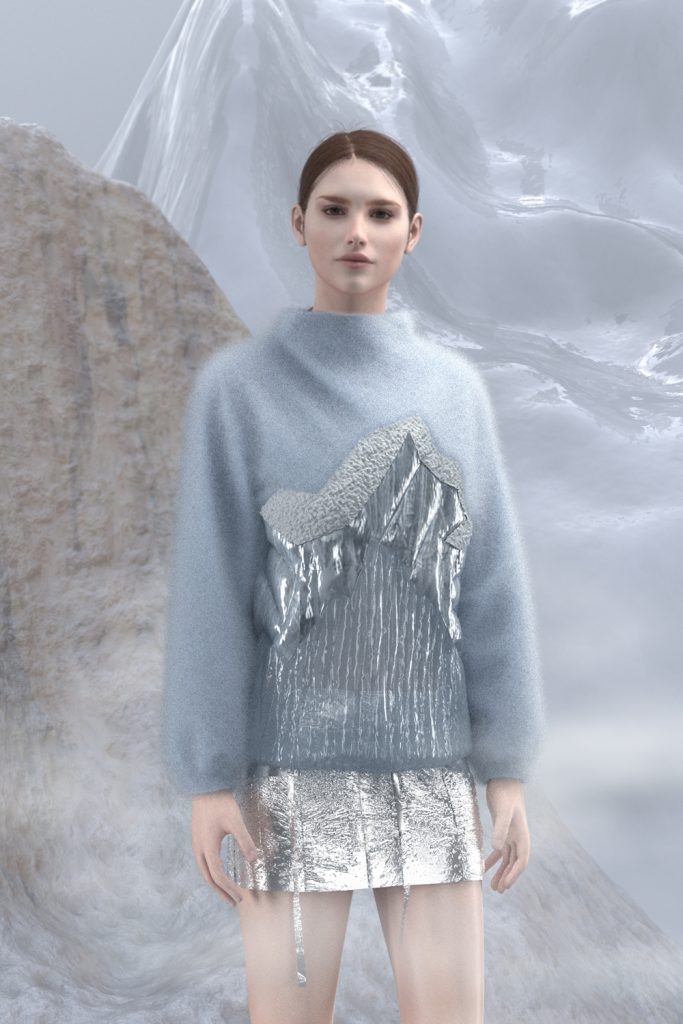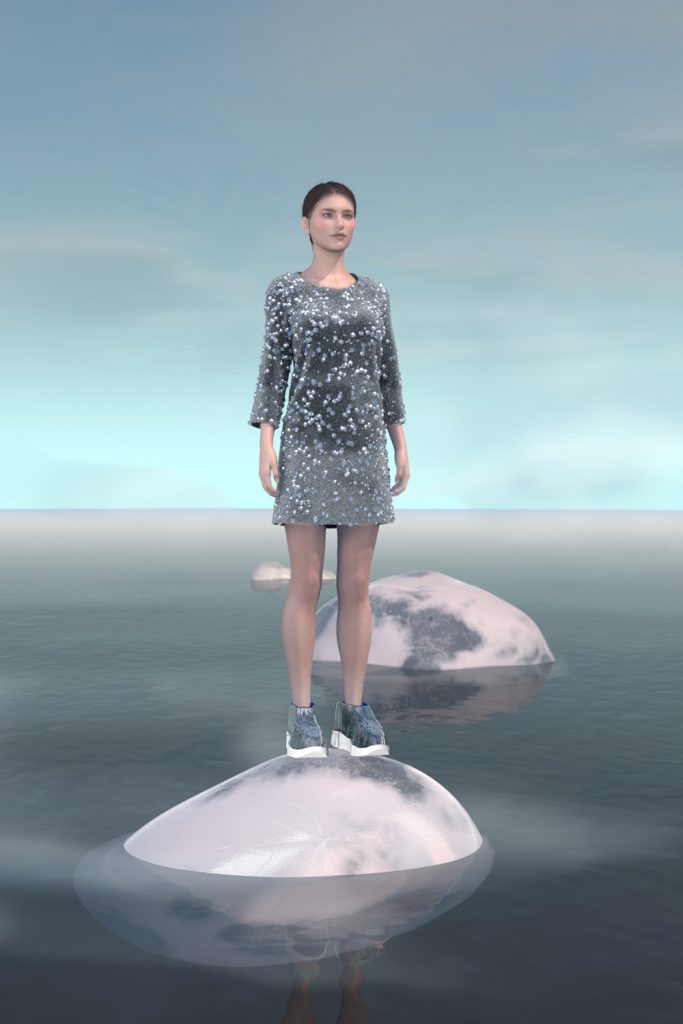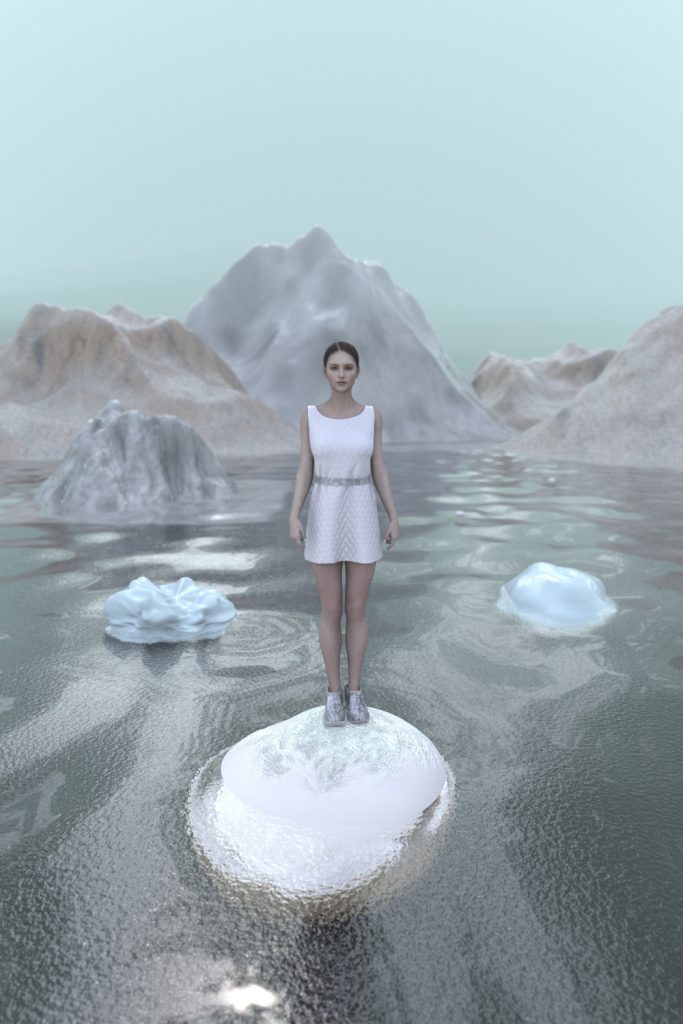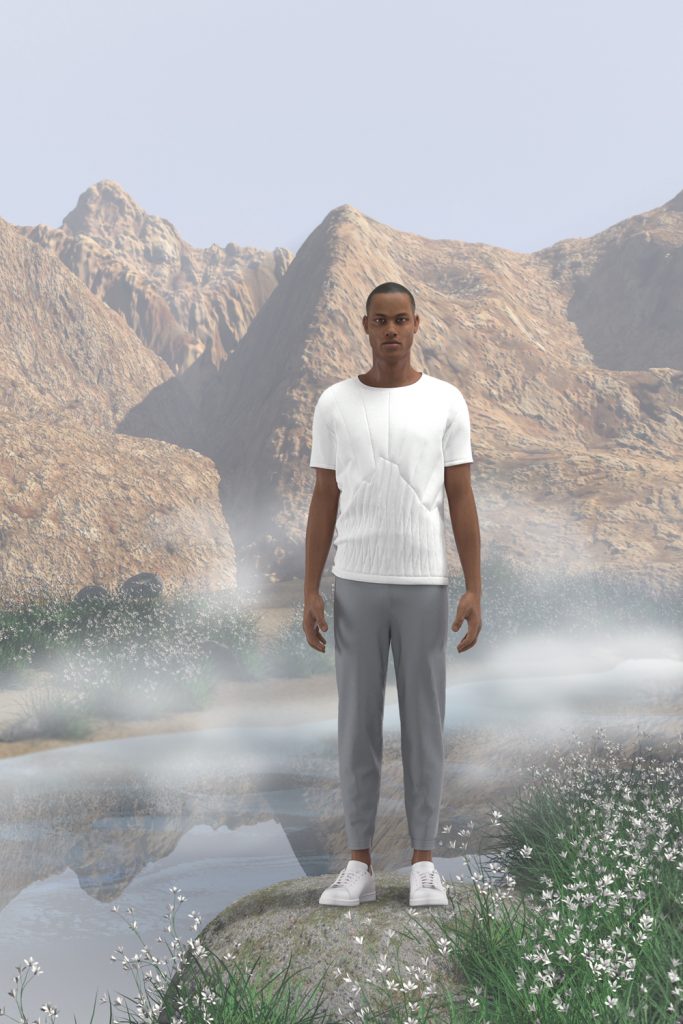The
Project
Acqua Foundation, the international art charity dedicated to protect and preserve WATER, together with the artists Anna Nazaretskaia and Daria Elkina, have started ALTERATION SPACE – a digital project developed by the artists to fight fast fashion side effects, making the public opinion aware of the damages and pollution that a fashion based on “once used, once thrown” clothes can create.
The artistic duo has created a Digital Clothing Collection based on the theme of the states of WATER, making a statement to preserve the environment and to push Fashion Industry towards a more careful, balanced and sustainable future.
The digital collection will be available online and on the Instagram page of @alterationspace and @acquafoundation, where each supporter, through a small donation, will be able to choose their own digital outfit. Following this, the artists will develop a new image by combining the digital outfit with a photo uploaded by the supporter.
The Donations will help mitigate the environmental impact in one of the most affected regions of the globe through a charity project in collaboration with AMREF.


